Seasonal Journal Spring 2020
Such Singing in the Wild Branches
It was spring
and I finally heard him
among the first leaves––
then I saw him clutching the limb
in an island of shade
with his red-brown feathers
all trim and neat for the new year.
First, I stood still
and thought of nothing.
Then I began to listen.
Then I was filled with gladness––
and that’s when it happened,
when I seemed to float,
to be, myself, a wing or a tree––
and I began to understand
what the bird was saying,
and the sands in the glass
stopped
for a pure white moment
while gravity sprinkled upward
like rain, rising,
and in fact
it became difficult to tell just what it was that was singing––
it was the thrush for sure, but it seemed
not a single thrush, but himself, and all his brothers,
and also the trees around them,
as well as the gliding, long-tailed clouds
in the perfect blue sky–––all of them
were singing.
And, of course, so it seemed,
so was I.
Such soft and solemn and perfect music doesn’t last
For more than a few moments.
It’s one of those magical places wise people
like to talk about.
One of the things they say about it, that is true,
is that, once you’ve been there,
you’re there forever.
Listen, everyone has a chance.
Is it spring, is it morning?
Are there trees near you,
and does your own soul need comforting?
Quick, then––open the door and fly on your heavy feet; the song
may already be drifting away.
~ Mary Oliver
Wishing you Spring blessings and prayers of hope, peace, and well-being! Even with our world in a state of crisis the cycles of nature can be counted on to flow in a constant rhythm. The sleeping plants are ready to wake up and burst forth with green leaves and flowers and the millions of seeds are ready to sprout open with new life. In this time of isolation and “social distancing” we are being reminded that we are all connected; we are one with people all over the world and with all of creation.
Recognizing our connectedness, what Thich Nhat Hanh calls our “inter-being”, is one of the blessings of this pandemic. We realize that the health and well-being of people all over the planet are connected. We are interwoven in this web of life with people of every nation, race and religion and with all creatures and the earth herself.
Conditions and circumstances can be scary and there is suffering and sadness, but there is also great kindness and good interwoven in these times. The reduction of fossil fuels and the resulting clear skies and fresh air is a great respite. The pace of life has slowed down for some, and families are spending quality time together. Inspiration is to be found in people everywhere reaching out to help each other. You are probably witnessing it and also helping your friends and communities, even if that means just staying home. Staying at home can be a gift, added time to connect more deeply with our true nature, that part of us that is eternal, full of light and love.
There are many examples of kindness in my neck of the woods, restaurants and convenience stores offering food to those that need it. Friends are sewing masks for our local hospital. Many are offering to shop and deliver groceries for people. Educational programs and resources are being offered for free on-line. I commend the extraordinary efforts of medical personal on the front lines every day as well as dedicated educators striving to guide students from a distance in these challenging times. These are just a few examples that give me great hope for humanity, hope that we can learn to take care of each other and live in harmony with the Earth.
I don’t want to minimize anyone’s hardships; my heart goes out to all that are suffering. I don’t know why challenging and tragic things happen, but some good will come of this. We will learn new patterns during these times that will help in the future. The heightened external pressures can act as a motivational and spiritual catalyst for us individually and collectively.
There is the opportunity to reset and improve our own health for the long-term, as we tune in to the practices that bring about a strong immune system and inner vitality. We can also reevaluate how our health care systems and practices can evolve, so all people have access to quality care.
Spring is the time of hope and new beginnings. Seeds of love, compassion, and generosity, can grow and multiply even faster than a virus. We humans are recalibrating, and I trust we will get on a path that treats all life with respect and wonder.
There are many wise ones speaking up and giving guidance. I’ll repeat some from Jean Houston,“Take all the precautions that are recommended, and at the same time be bold in your love, and constant in your faith that together we will pass through this challenging time. On the other side of it, we will look back and realize that we were part of an epic time in history when caring triumphed over fear, and goodness prevailed!”
My personal suggestions for myself and others is to strive to live in the moment and connect deeply with Divine Spirit who lives and breaths in me and you and is farther than the farthest star yet closer than our next breath. Peace and guidance will come as we listen with our hearts. Whenever possible, move in a joyful way, get outside, enjoy some sunshine, fresh air and connect to the Earth.
“Are there trees near you, and does your own soul need comforting? Quick, then––open the door and fly on your heavy feet.”
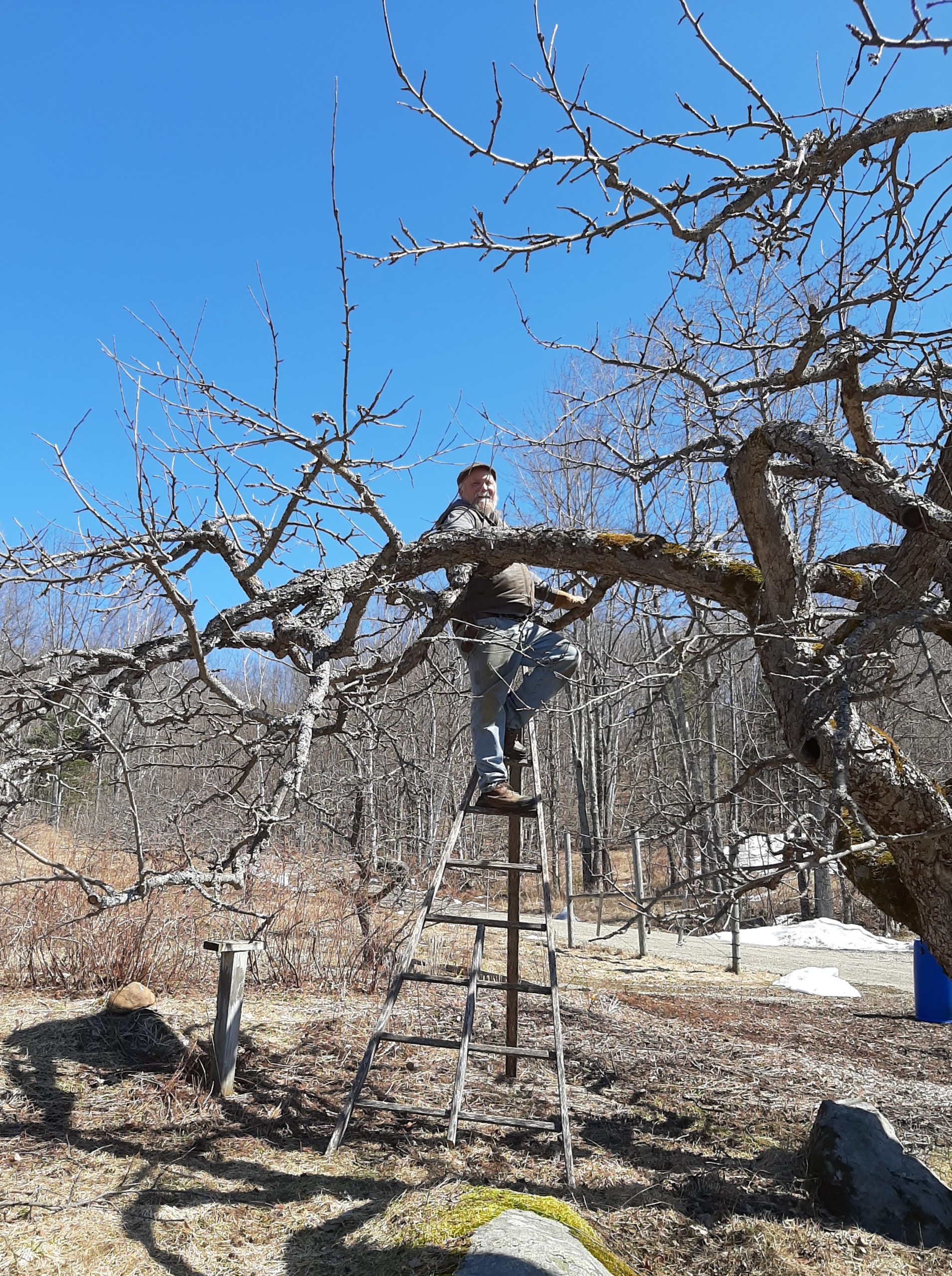
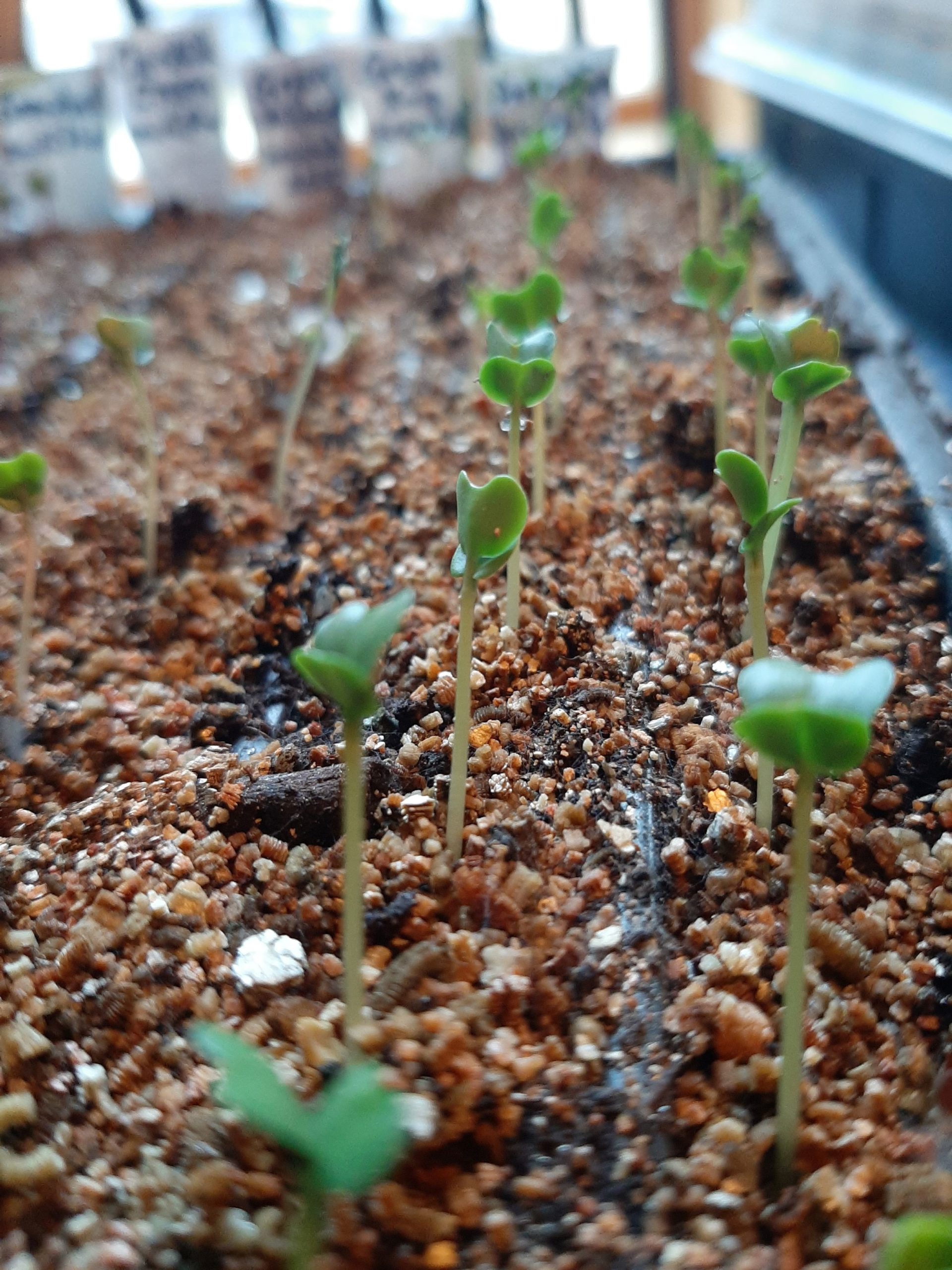
In the vegetable garden…
we are planting seeds inside and preparing gardens outside, although we just had a new layer of snow. Elders called this kind of spring snow, “poor man’s fertilizer”, it feeds the soil and melts soon allowing the sleeping plants the opportunity to green up slowly and new growth to reach up out of the earth. Where the snow has melted daffodils and garlic are bravely poking up and reaching towards the sun.
Not too much to eat in our garden yet. We are looking forward to eating nettles and dandelion greens soon! For now we are gratefully enjoying last year’s harvest (potatoes, onions, beets, sauerkraut, apples, and garlic). We are also buying fresh produce and enjoying lots of immune enhancing miso soup! (See Recipe below)
Signs of spring at Heartsong Farm include baby chicks, sheep being sheared, raspberries canes thinned out, and apple trees being pruned and grafted.
Our animals are part of our garden plan. Our goal is to create a self-sustaining farm which unites the plants, animals, soil, water, and other elements into balance and harmony to produce nutritious food and create a healthy ecosystem for all. (We are still working on a harmonious agreement with the woodchucks and deer!) Our farm animals help keep our gardens and pastures open and provide, food, pest management, and manure for our compost. They are fun and entertaining too!
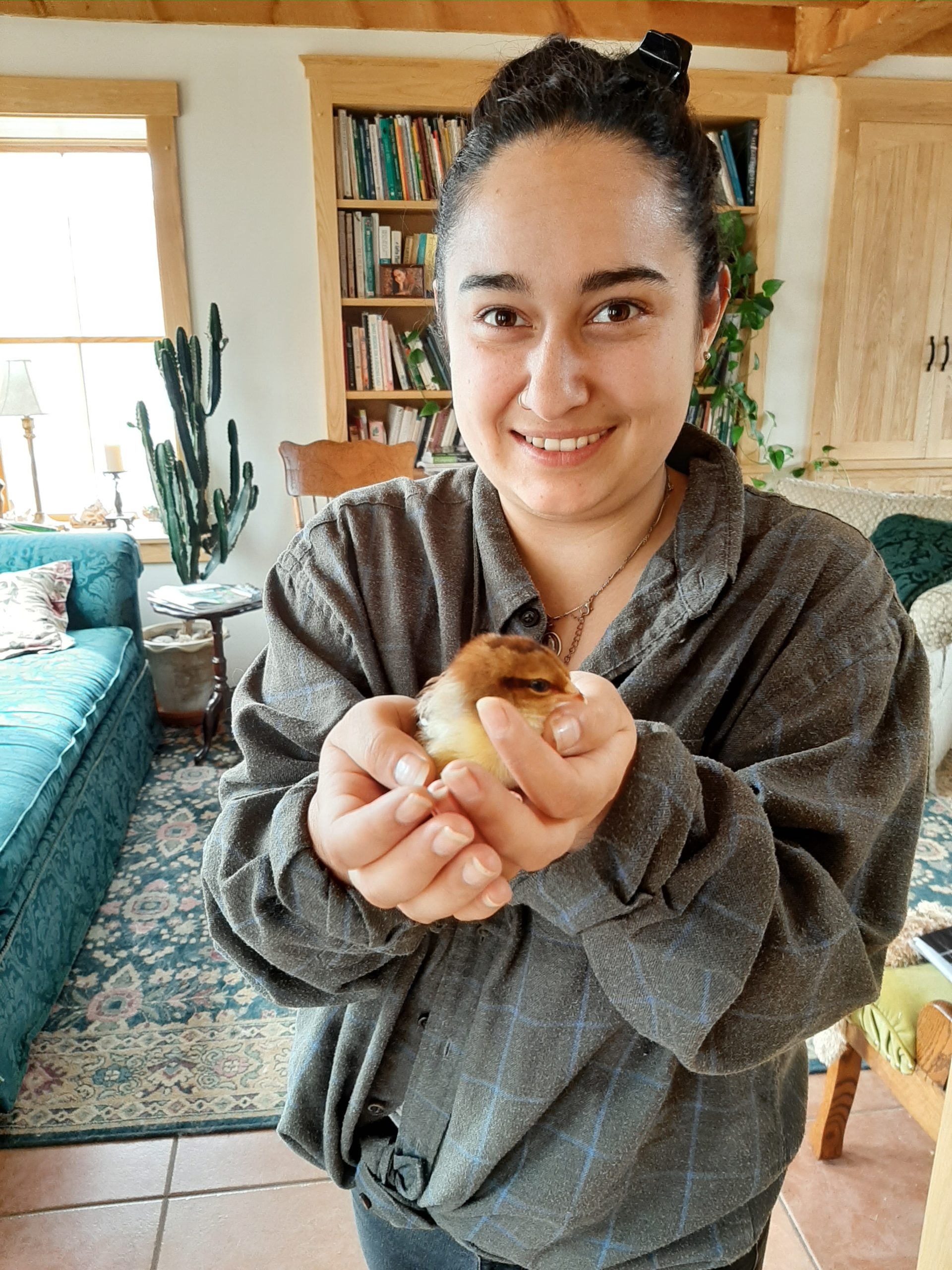
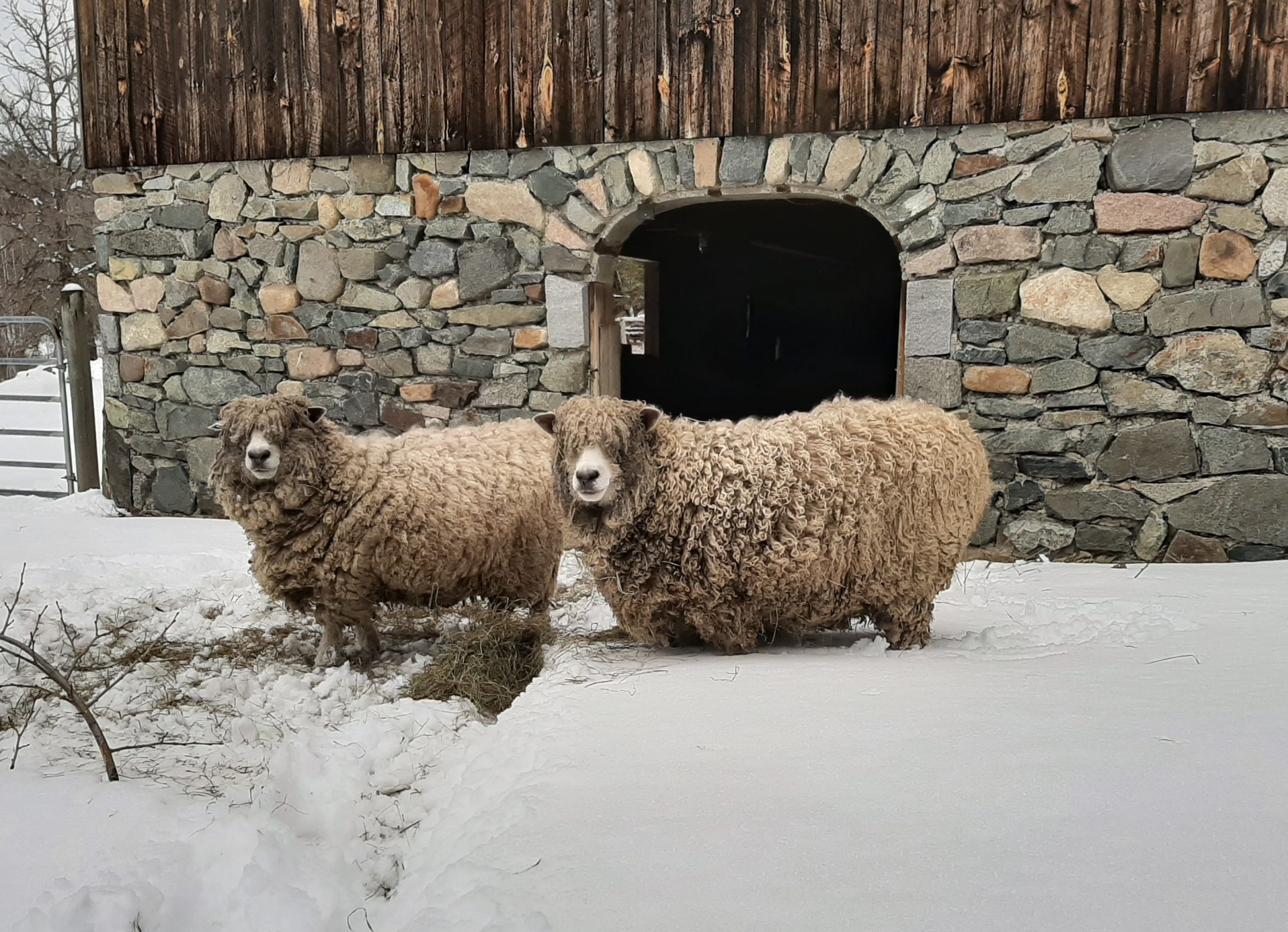
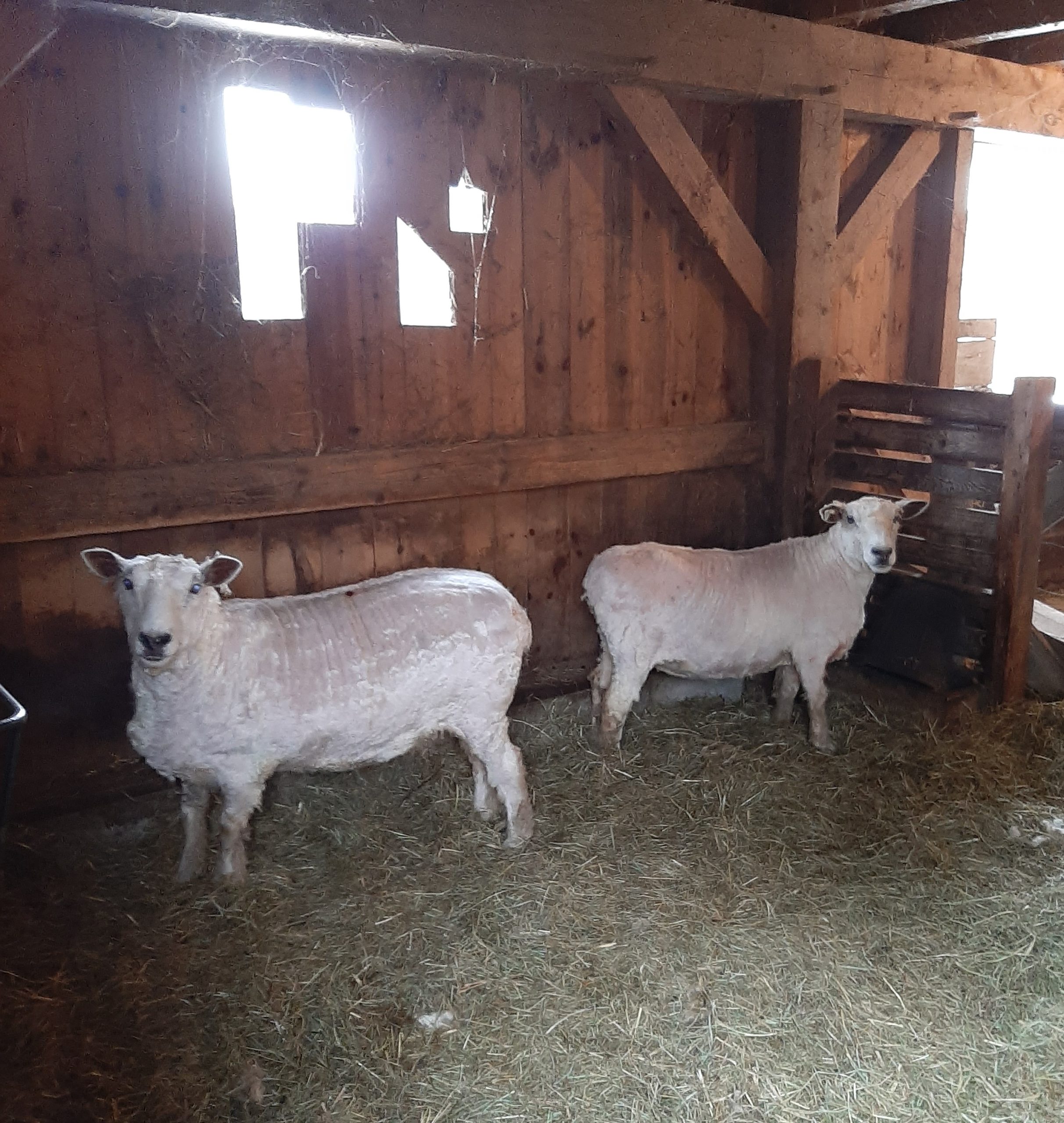

A New Englander’s Miso Soup Recipe
Many of you are old friends with miso, but if not, make sure you add this healthy staple to your cooking repertoire. This is a simple basic “miso” soup I have been making for years. We enjoy it often, but especially if someone isn’t feeling well. My Japanese friends eat miso soup daily and politely let me know my version isn’t quite authentic. Traditional Japanese miso soup always has some kind of “dashi” which is a broth made with fish. If you have a good quality broth, you can certainly use it, but you can make a highly nutritional soup with water too. This version only takes about 15 minutes, is easy, delicious and healthy, so try it out.
One ingredient you do need to have is a good quality miso, a fermented paste made from soybeans, sea salt, and koji. It can also be made from barley, rice, and other grains. Buy it fresh in the refrigerated section of your grocery store, natural foods store, or on line. Powdered packets are usually not as high of quality and sometimes contain MSG. The brands I buy are Rhapsody and South River. Y
Good quality miso is rich in several B vitamins, as well as vitamin E, both of which is necessary for a strong immune response to viruses and bacteria. A live fermented food like yogurt and sauerkraut, miso provides probiotics that aid in digestion and help restore intestinal flora. When your digestive system is full of happy beneficial flora there isn’t much room for the harmful microbes to multiply. Miso also is a complete protein containing nine essential amino acids and is renowned for clearing toxins like heavy metals and radiation.
My version of miso soup generally has more vegetables than the classic Japanese version. These are just examples of the vegetables I often use, but you can change it up and use what you have on hand. In the spring you can add fresh nettles and dandelion greens. In the fall chunks of squash or burdock root are perfect. The trick to keeping your vegetables somewhat crisp and not mushy is to put a teakettle of water on to boil while you are chopping the veggies.
Ingredients:
1 onion chopped
2-3 cloves of minced garlic (optional)
2-3 cups chopped small vegetables (carrots, cabbage, daikon radish, shiitake mushrooms, kale)
¼ cup kombu kelp in small pieces (optional)
4 chopped scallions
Handful of chopped parsley
1-2 inch piece of minced fresh ginger root
Tablespoon of Tamari
6 cups of water
4-6 Tablespoons of Miso
small chunks of tofu (optional)
a small pinch of cayenne (optional)
Directions:
In a soup pot, sauté finely chopped onions, garlic, carrots, shiitake mushrooms, cabbage and kale in a small amount of sesame oil or water. Add the minced ginger root and some kombu kelp if you have it. Pour in the water from your teakettle once it has boiled. Simmer soup until vegetables are just barely tender. This only takes a few minutes. Add tamari. Right before serving, add 2-3 teaspoons of miso paste per cup of soup. Remember miso has live beneficial cultures in it that are destroyed by boiling. I prefer to dissolve the miso in each individual bowl of soup, right before serving. Garnish with chopped parsley, and scallions. We often add a little fresh finely minced garlic to each bowl (for those that can handle it) for the antimicrobial properties. Miso soup is a great example of food as medicine.
“Quicky” Miso Broth
If you don’t even have the energy or time to make the soup, just enjoy a quickly made miso broth, especially if you aren’t feeling well. To prepare: In a mug, place 1 finely minced clove of garlic, 1 tsp of fresh grated ginger, 1 finely chopped 1 scallion and 1 level TBS. of miso paste. Cover with boiling water and stir and enjoy.
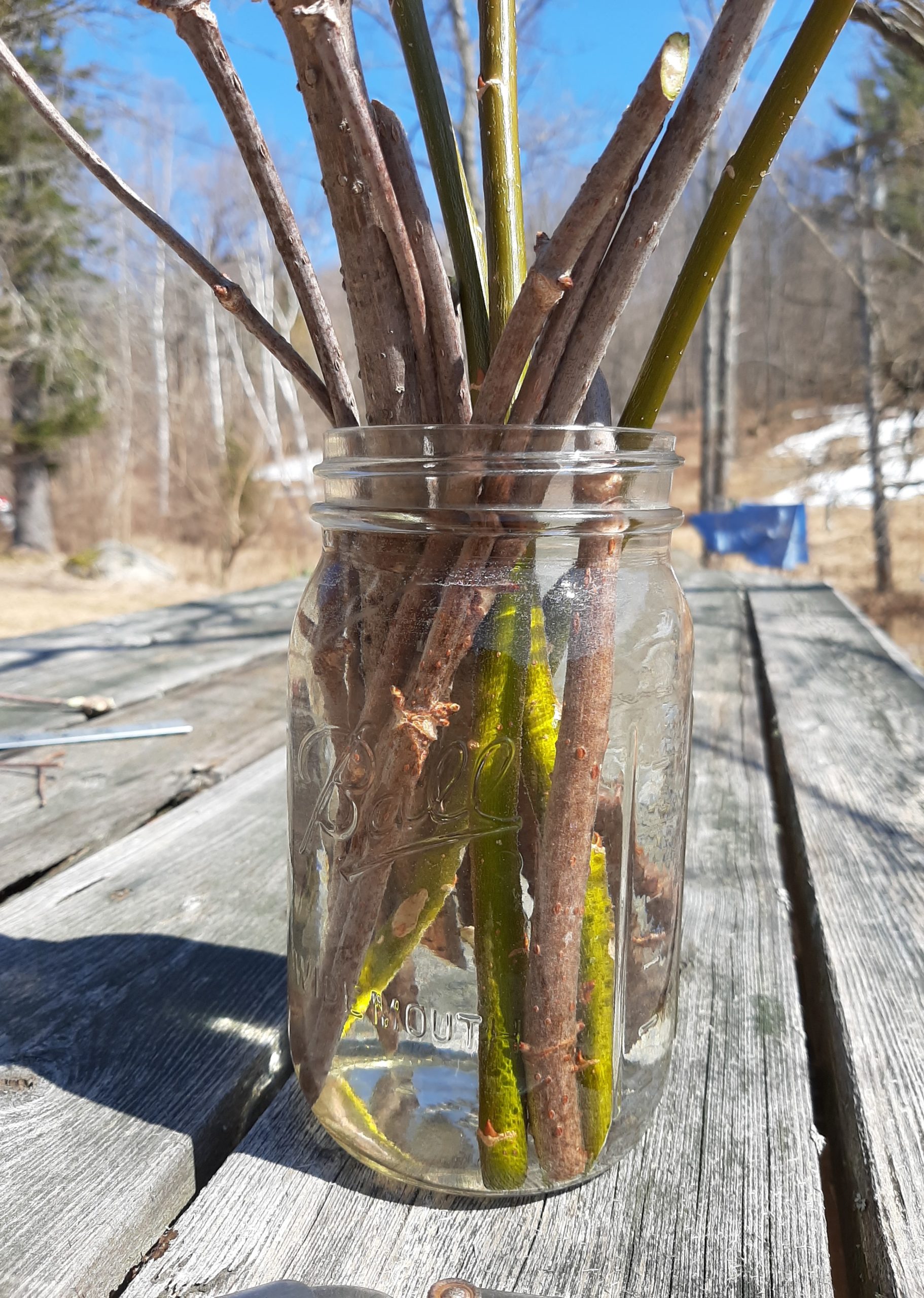

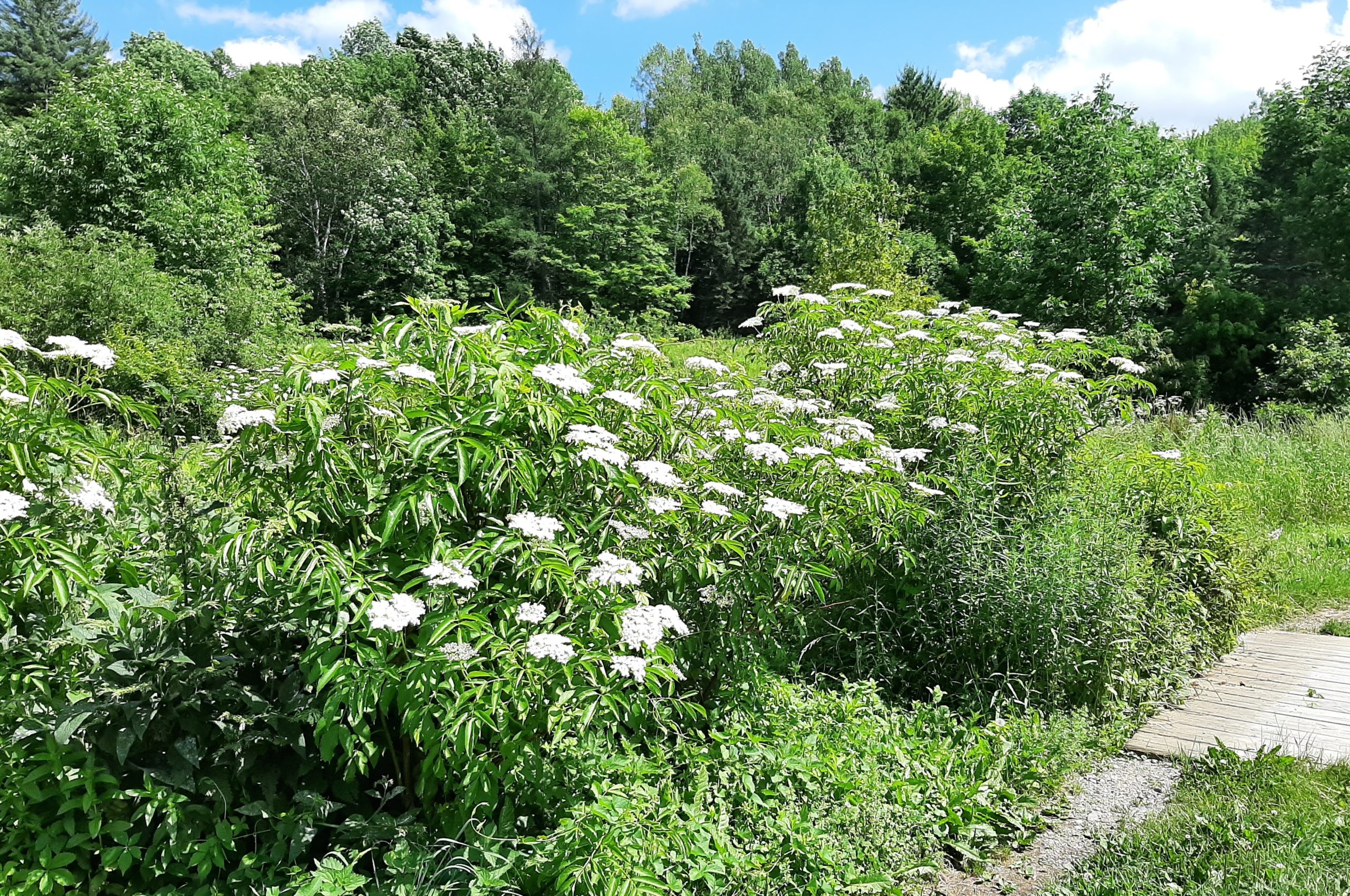
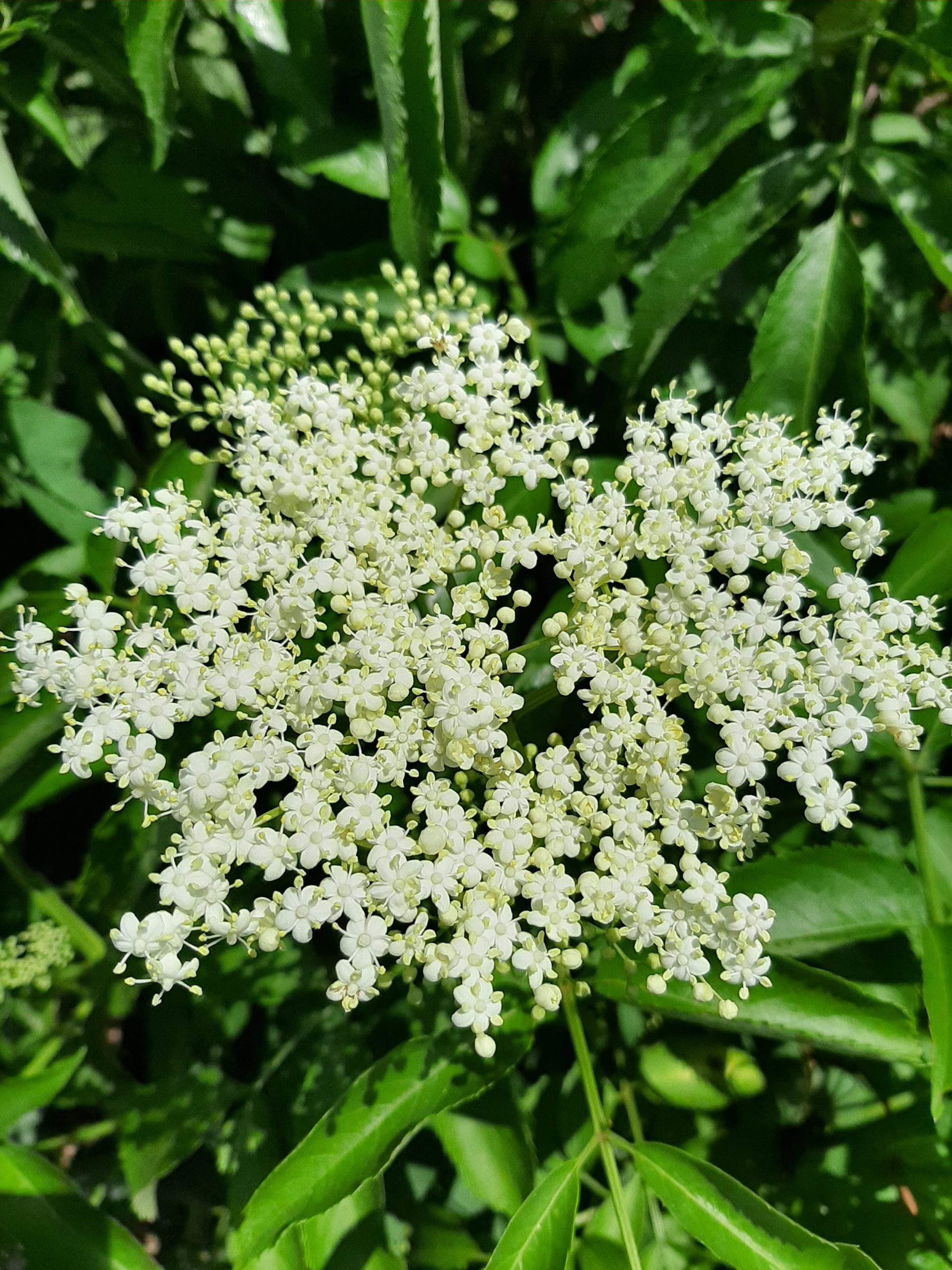

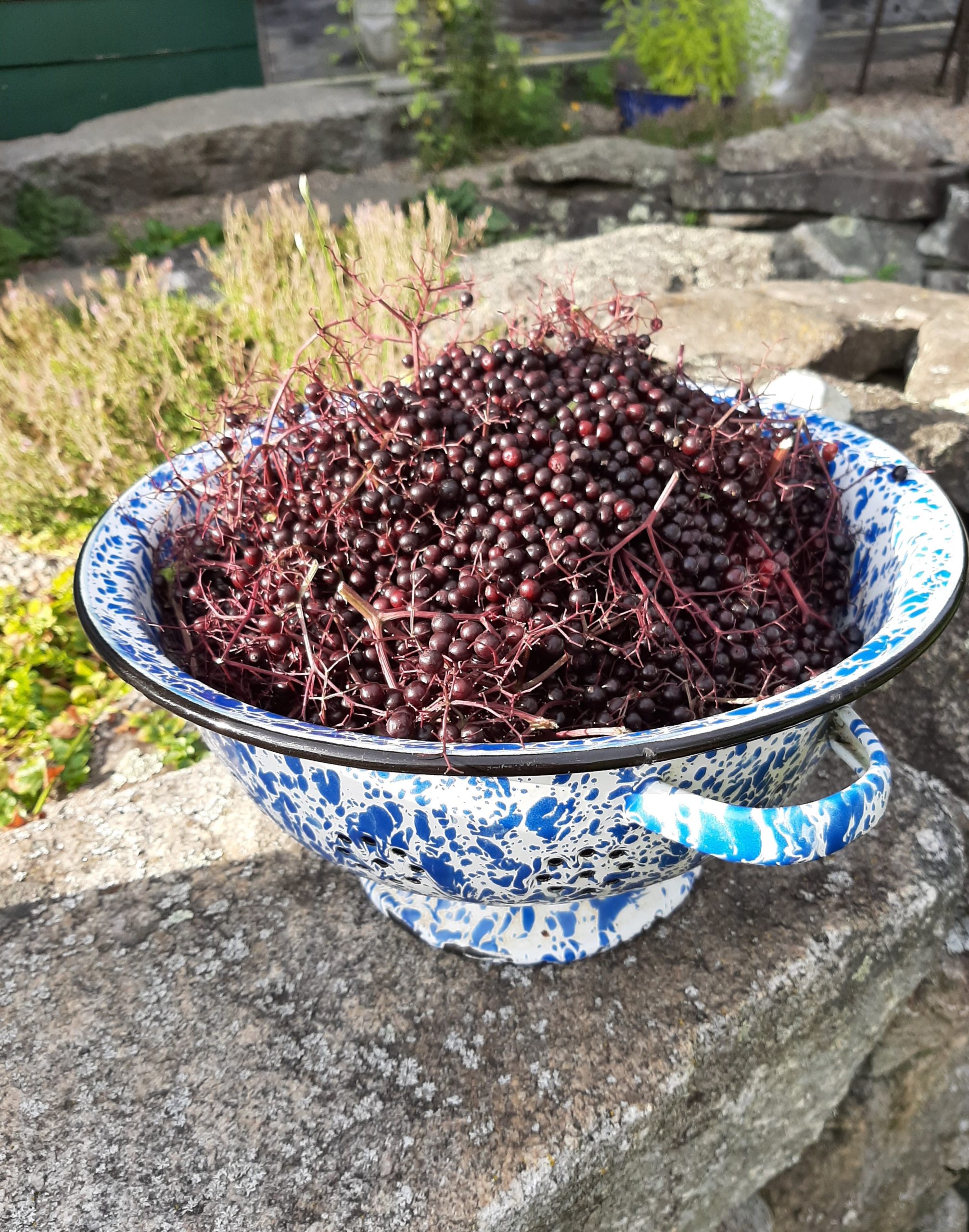
In the herb garden……
recently we have been barking branches of wild cherry and crampbark. This morning I cut dormant elderberry branches for propagation and later made my way into the kitchen to make a new batch of elderberry syrup to share with family and loved ones.
(See recipe below)
I’m grateful to still have frozen elderberries left, because elderberries are hard to find right now and for good reason. The elder tree, Sambucus, is known as the “medicine chest of the country people.” Beloved by many, including me, because of her lovely presence in the garden and valuable healing qualities. All of the parts can be used for various reasons (including purging, puking, pop guns, and wands, which we’ll save for another time!). The berry is what is in high demand right now because of its anti-viral properties. All of us are searching for ways to prevent being infected by viruses right now. No one knows exactly what works with the COVID 19, because it is so new to the scene, but we can try what detours other viruses. Current research demonstrates that elder fruit contains significant antiviral properties and possesses immunostimulating activity which shorten viral flu infections. Viruses can’t reproduce on their own; they must come into contact with a specific type of host cell, enter through the cell wall and multiply. The newly-created viruses are then released from the host cell and they move on to penetrate more cells, etc. This is about the time your body is getting achy and possibly coming down with a fever.
Elderberries contain a constituent that inhibits the virus from entering the cells and thus prevents reproduction. We like to take elderberry syrup, tincture or tea as a preventive for viral infections. Often it prevents the virus from taking hold at all and sometimes it just shortens the duration of the viral infection. Elderberries are also highly nutritious, rich in bioflavonoids and vitamin C, so that alone is a good reason to consume them. The black elder, Sambucus nigra ssp., are edible. The red elder, Sambucus racemosa, is not considered edible by most. They contain more cyanogenic glycosides.
The lacy cream colored elder flowers are also useful for many reasons, most well known as an excellent diaphoretic. A warm infusion of the flowers encourages perspiration. Use for fevers if someone is hot and dry. Adding peppermint and yarrow to this tea is a traditional formula.
Recently there has been some controversy about taking elderberry if a person has already been infected by the COVID 19. The concern is that elderberry might trigger a cytokine storm, which is an overreaction of the immune system. Currently there isn’t scientific evidence, or even single case study, showing that elderberries have caused a cytokine storm, so I will continue to use it for prevention. The American Herbalist Guild has done a great job collecting resources on COVID 19 and some of them address this specific concern. https://www.americanherbalistsguild.com/covid-19-resources?fbclid=IwAR0owoNFXo6caj6z_VRAE_S3ePMCmX6Dti04ZouPmi8nTjkg_0djlRyxAd8
Elderberry Propagation
I encourage everyone to grow your own elder trees, if you have the space. They are hardy to zone 3. You will be happy to have your own and so will your bird friends.
Elderberry trees can be grown from seeds, but I have to say we haven’t tried it. We propagate elder by taking taking dormant wood cuttings in March. Go to your Elder tree, ask permission and prune out a few small branches less than an inch in diameter. I’m always hesitant to cut big chunks of my trees, but Michael reminds me to look at the tree and think how the tree could benefit from this pruning. Choosing to cut a few select branches will allow others to be more productive. Cut the branches into 6-8 inch pieces with at least four buds on each. Be mindful of what is the bottom of the cuttings and put them in a jar of water. If possible also cut some fresh willow branches and put them in the water too. The willow has a hormone that encourages root growth. Soak the cuttings in the water for 2-3 days.
Prepare pots with a light-weight well drained potting soil. Take each cutting and put the wet end into the potting soil to make a hole, then place the cutting in the hole and tamp the soil down. You can put more than one cutting in each pot. Place the pots in a dark or shady area at around 40-50 degrees. It will take several weeks to get some root growth. When the tops begin to leaf out you can bring them into a partially sunny area and plant them in fertile soil after they are established and hardened off. Elderberry trees like their feet moist and are big feeders. Ours like to grow near our brook. We compost them heavily to keep the weeds down and give them a good fertile start.
Elderberry Syrup
Another example of food as medicine. You can use this on your pancakes or save it for a drink in warm water for prevention of colds and flu. Just pour 2 Tablespoons or more in a glass and add warm water. Cheers! The purple color alone will perk you up!
Ingredients
- 2 quarts fresh ripe (or frozen) elderberries (see variations below for using dried berries)
- ¼ ounce freshly grated ginger root
- 1 teaspoon ground cloves
- Honey
Directions
-
Combine the fresh or frozen elderberries, with ¼ cup of water in a large soup pot. Add the ginger and cloves and simmer, uncovered, until the liquid reduces to about half its original volume. Strain and press out the pulp, reserving the liquid. Compost the solids and return the liquid to the pot. Note its volume. Add one part honey to two parts juice. Reheat gently and stir until thoroughly combined. Bottle hot into sterilized jars. Store in the refrigerator, and use within 12 weeks. (To be honest, I have kept and used it much longer.)
To Use: To treat or fight off a cold or flu, take 1 to 2 tablespoons several times throughout the day. We like it mixed in a cup of warm water.
Variations: To can use this recipe using dried elderberries, and the syrup turns out fine, while not quite as delicious, still effective. Use 1 quart of dried berries with 2 quarts of water. Cook over low heat with the lid slightly ajar so that steam can escape, until the water is reduced by half. Strain, add the ginger and clove, and continue as above.
Sage Gargle for a Sore Throat
adapted from Rosemary Gladstar’s Medicinal Herbs
This is an excellent recipe to have in your tool box and use when needed. The sage helps counter infection. Thanks to Rosemary, an excellent formulator who generously shares so many of her recipes. Most of her formulas are delicious. This one is so effective if you will really gargle several times a day with it. Tasty it is not.
Ingredients
- 1/2 cup water
- 1 T. dried sage
- 1 T. sea salt
- pinch of cayenne pepper (optional)
- 1/2 cup unpasteurized apple cider vinegar
Instructions
- Boil water. Steep the sage for 30-45 minutes, keeping covered. Strain.
- Add remaining ingredients.
- Gargle 1-2 teaspoons for as long as you can stand every hour or at least several times a day until the sore throat abates.
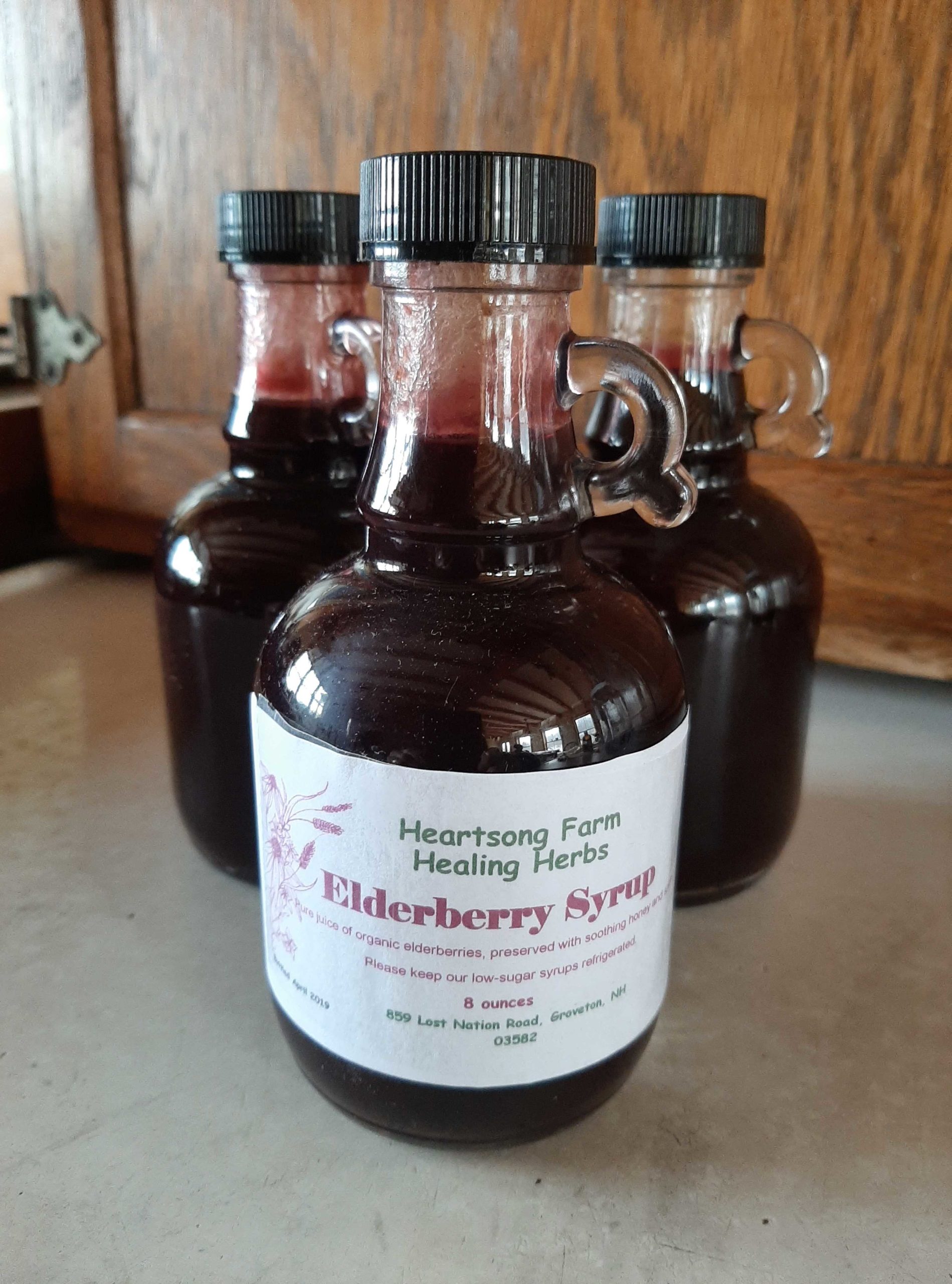
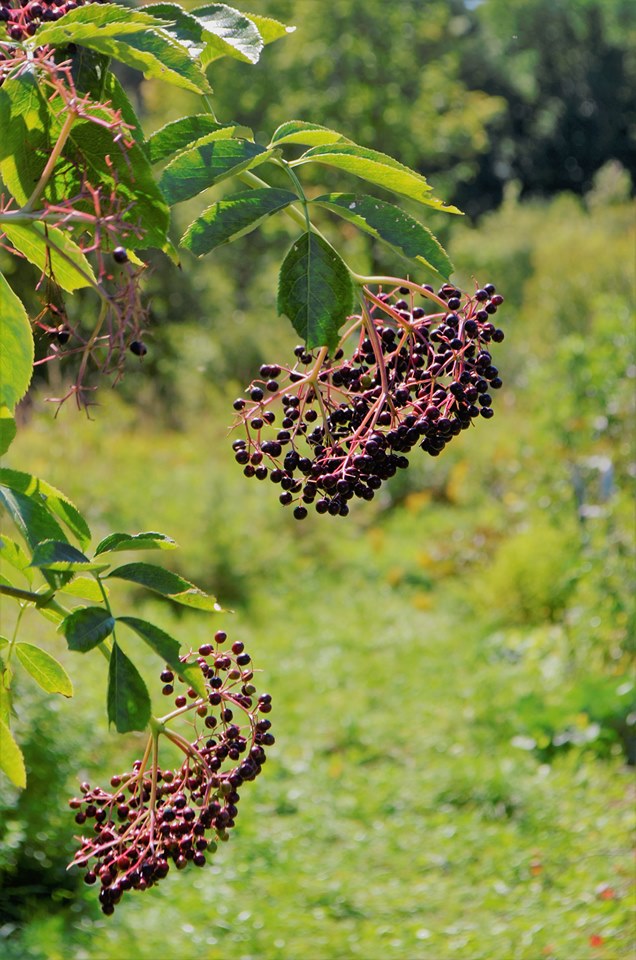
Spring Wellness Tips
Spring wellness tips for health, immunity, and vitality!
Yeah, since the Spring Equinox we have more light and sun, which lightens our spirits. Spring comes slow here, we are still experiencing what New Englanders call mud season, the fifth season of the year. The weather is still cold and wet. The earth is thawing and the rains come and the resulting mix is a lot of mud. Our rural dirt roads get deeply rutted and the gardens are a bit like a bog in spots.
In Ayurveda, Kapha is the term used to describe a mix of earth and water elements. We find this mix of elements in ourselves as well as in nature. The wet, cold and heaviness of spring has the potential to cause some imbalances: low energy, congestion, mucous conditions, respiratory issues, heaviness and even depression.
The ancient teachings of Ayurveda holds answers for us modern folks reminding us that opposites bring balance. To stay in balance this spring eat warm foods and drink warm water. Adding pungent and bitter foods now is good for most of us. The tradition of cleansing this time of year is also wise, if done with common sense. Including bitter teas and foods (dandelion, chicory, arugula, nettles) are traditional for cleansing, enhancing digestion, and increasing energy levels. Living in harmony with the Earth’s rhythms and seasons helps promote vitality and enhances our ability to thrive.
Our bodies are inherently intelligent and we often know what we need if we tune in and listen. It is critical with COVID 19 to not go it alone,though. If you are feeling sick, call your doctor. In addition, here are some great sources with specific information concerning COVID 19. https://www.americanherbalistsguild.com/covid-19-resources (this includes CDC addresses)
https://avivaromm.com/covid-19-integrative-approach/ Dr. Aviva Romm is an herbalist and MD
Healthy lifestyle choices that will promote vibrant health and enhanced immunity.
1. Get enough sleep (8 hours for adults) Honor our circadian rhythms. Go to bed 10:00 ish rise before the sun, when possible.
2. Eat vibrant, colorful, seasonal, real food. Favor warming foods like soup, cooked greens, cooked grains like quinoa and barley, quality protein. Adding warming spices like cinnamon, ginger, black pepper, and a bit of cloves is especially good this time of year. If you include meat in your diet, bone broths are excellent immune enhancers.
3. Drinking plenty of pure warm water and herbal teas. Start you day by scraping your tongue, brushing your teeth and then drink one or two glasses of warm water, before you have tea or coffee. Avoid cold and iced beverages that cool down your digestive fire. Keeping hydrated is so important, but especially if you are battling a virus. Add fresh lemon juice, 2 teaspoons of Fire Cider, or shrub to your warm water. Adding demulcent herbs like marshmallow, flax, chia and licorice to tea blends is soothing to the mucous membranes.
4. Avoid or reduce dairy now, especially if you are feeling sick and/or congested. Remember also that sugar, alcohol and inflammatory foods also reduce your immunity.
5. Daily self-massage with warm oil especially paying attention to lymph node areas is healing and increases immunity. Follow this with a warm bath or shower. Dry brushing your skin lightly with a loofah or soft brush several times a week before your bath or shower is also good. Move from head to heart and feet to heart.
6. Deep breathing. A great benefit of a yoga practice is learning beneficial breathing techniques. The Breath of Joy is uplifting, relieves, sadness, anxiety, and lethargy. https://www.ekhartyoga.com/articles/practice/breath-of-joy
7. Joyful movement you love. Do what makes your heart sing (walking, yoga, dancing, gardening, biking, uni-cycling). Remind yourself even a short time is better than nothing!
8. Get out into the sunlight every day. If you live where there isn’t much sunshine, supplement with Vitamin D. Take time to connect and just be, observe the sunrise, sunset, birds, and new plant life emerging everyday.
9. Our healing herbs are available to support and help us in every season and condition. Contact me if you need suggestions, also remember just using our common kitchen herbs like ginger, garlic and turmeric are a great start. (see the Fire Cider recipe in the fall journal) All of the “pizza herbs” (oregano, basil, rosemary, thyme) are great for vitality too, go heavy on them in your cooking. Basil specifically reduces phlegm.
10. Use herbs like lemon balm, skullcap and milky oats to sooth and nourish the nervous system. Adaptogenic herbs like astragalus, ashwaganda and reishi are especially helpful to promote vitality. Stop taking adaptogens if you do start having viral symptoms and choose other herbs. Herbs for fever: yarrow, elderflower, catnip. Use expectorant herbs elecampane, mullein, thyme, garlic and ginger to thin mucous and expel it from the lungs. Definitely call your doctor or hospital if you are having trouble breathing!
Wishing you love and peace! May you be well. May all beings be well.
“You must be the change you want to see in the world.”
– Mahatma Ghandi
